Folk Legends from Tono
Folk Legends from Tono
Japans Spirits, Deities, and Phantastic Creatures
Collected by Yanagita Kunio and Sasaki Kizen Translated and Edited by Ronald A. Morse Illustrations by Marjorie C. Leggitt
Rowman & Littlefield
Lanham Boulder New York London
Published by Rowman & Littlefield
A wholly owned subsidiary of The Rowman & Littlefield Publishing Group, Inc.
4501 Forbes Boulevard, Suite 200, Lanham, Maryland 20706
www.rowman.com
Unit A, Whitacre Mews, 26-34 Stannary Street, London SE11 4AB
First English-language translation copyright 2015 by Ronald A. Morse
The Japanese copyright to the original Japanese material has expired.
Artwork copyright by Marjorie C. Leggitt
Photograph of Sasaki Kizen provided by the City of Tono.
This 1935 supplementary collection of 299 tales is referred to in Japanese as ( Tono monogatari shui ). In English, the translator has titled this supplementary collection Folk Legends from Tono: Japans Spirits, Deities, and Phantastic Creatures .
All rights reserved . No part of this book may be reproduced in any form or by any electronic or mechanical means, including information storage and retrieval systems, without written permission from the publisher, except by a reviewer who may quote passages in a review.
British Library Cataloguing in Publication Information Available
Library of Congress Cataloging-in-Publication Data Available
ISBN 978-1-4422-4821-2 (cloth : alk. paper)
ISBN 978-1-4422-4822-9 (pbk. : alk. paper)
ISBN 978-1-4422-4823-6 (electronic : alk. paper)
 The paper used in this publication meets the minimum requirements of American National Standard for Information SciencesPermanence of Paper for Printed Library Materials, ANSI/NISO Z39.48-1992.
The paper used in this publication meets the minimum requirements of American National Standard for Information SciencesPermanence of Paper for Printed Library Materials, ANSI/NISO Z39.48-1992.
Printed in the United States of America
This translation is for my son Randall and my grandson Cameron.
Preface
F or modern Japanese, Tono monogatari (Tales of Tono) represents a cultural snapshot of what village life was like for their grandparents and their great-grandparents. As such, current-day Japanese approach these stories with a sense of nostalgia as representing a time and place with warm rural community ties, a strong religious sensibility, and a tradition of making a living from the soila world totally different from their fragmented urban industrial lifestyles. This is the only way to explain why this work has been so popular in Japan and has gone through so many different editions: continuous updates, as well as cartoon (manga), animated, theatrical, and movie renderings.
Tono monogatari has a strong international following as well. It has been translated into half a dozen foreign languages, and the town of Tono has become a must-see for foreign tourists visiting Japan. Scholars around the world have also written extensively about the significance of the work to an understanding of modern Japanese history.
With the translation of the tales you are about to read, we finally have a complete version of the two collections of tales that make up the Japanese book Tono monogatari. The first collection of 119 tales was published in Japanese in 1910, and the second collection of 299 talesthe collection translated herewas added in 1935. The two collections of tales in Tono monogatari were published under the name of Yanagita Kunio (18751962), even though his Tono informant and storyteller, Sasaki Kizen (18861933), was the source of most of the tales.
I translated the 1910 version of Tono monogatari in 1975 as The Legends of Tono , which has been available from Rowman & Littlefield Publishers in a hundredth anniversary edition since 2008.
The second collection of 299 tales in Japanese was compiled by Sasaki Kizen, who, because of his vast knowledge of local tales and legends, is often compared to the brothers Grimm in Germany. Sasaki lived most of his life in Tono surrounded by the storytellers, friends, and family members who pop up in the tales throughout this book.
Yanagita Kunio used his formidable literary skills to shape the style and presentation of the 1910 edition of Tono monogatari . But it was Sasaki Kizens talent as a storyteller that gave shape to the 1935 collection of tales that is translated here.
By the time these tales were put down on paper in 1935, Japanese memories of both the feudal era (lasting up to 1868) and the modernization and enlightenment euphoria of the Meiji era (18681912) were quickly fading. By 1935, Japan was clearly in transition to becoming a modern state, and the flavor of that transformation is captured in the tales recorded here.
Even though the 1935 collection of tales was originally conceived of as a companion volume to the 1910 Tono monogatari , it reflects a different era with its own personality. To be sure, this sequel collection of 299 tales is focused on the same rugged, mountainous terrain of Tono in northern Japan as were the 1910 tales, but there the similarities end.
The legends published in 1910 were more narrowly sourced from Tsuchibuchi village in Tono, and they were written in a polished literary style by Yanagita Kunio. The 1910 book also had what might be called an editorial visionit was crafted by Yanagita as a piece of literature and was quite different from what a local storyteller might have told. This difference in Yanagitas and Sasakis styles of tale documentation was captured in a letter from Sasaki to Yanagita on June 18, 1910, in which Sasaki expresses his shock at Yanagitas polished collection of Tono tales. After reading the copy of Tono monogatari that Yanagita had sent him, Sasaki replied, The tales are not like anything that I remember telling you.
American folklorist Richard M. Dorson, in his foreword to my translation of The Legends of Tono , argued that pioneer tale collectors like Yanagita judged oral tales by the yardsticks of written literature and felt a responsibility to improve the rough and un-polished specimens of the peasants delivery. Sasaki was not a good storyteller, wrote Yanagita. Today, we would disagree.... Today, folklorists recognize that oral style differs greatly from literary style and needs to be considered in terms of its own aesthetic, on the basis of faithfully reproduced verbal texts.
The style of the 1935 collection of tales is closer to what folklorists call memorate, remarkable and extraordinary experiences told in the first person. The tales are less polished than the 1910 material and include a considerable amount of local Tono dialect. Also, because the 1935 supplement includes newspaper accounts and more recent stories, it often has the flavor of urban legends.
For those interested in the background of this 1935 collection of tales and how I have reenvisioned the text, please see appendix B.
While there is a growing scholarly secondary literature in English about Yanagita Kunio and Japanese folklore studies, unfortunately there are too few translations of important Japanese primary sources. Hopefully this translation will contribute to correcting that imbalance. For those wanting an up-to-date guide to the secondary literature on these topics, there is an open source e-book available for download that details these writings: Yanagita Kunio and Japanese Folklore Studies in the 21st Century , edited by Ronald A. Morse (Kawaguchi: Japanime, 2012), http://www.japanime.com/yanagita.
Getting these tales into a format for a non-Japanese audience was quite a challenge, and doing it would not have been possible without the assistance of many people. In particular, I would like to thank Miyuki Kobayashi for checking the accuracy of my translations and suggesting changes. Dot Connors, Christian Goehlert, Saori Maekawa, Oda Tomihide, Glenn Kardy, and Louis Gwen provided valuable editorial advice early in the project. Susan McEachern, the editorial director for Rowman & Littlefield, and her assistant Audra Figgins provided valuable assistance at several stages. The artwork for the book was designed and created by Marjorie C. Leggitt.
Next page
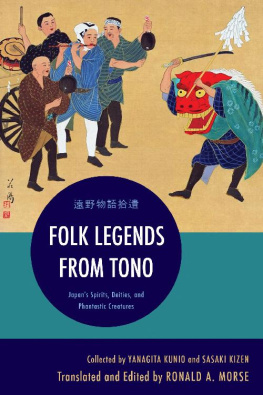

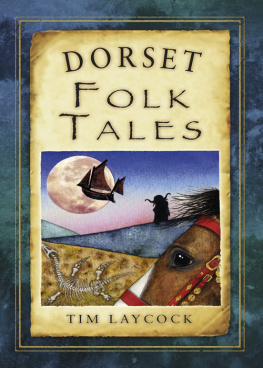
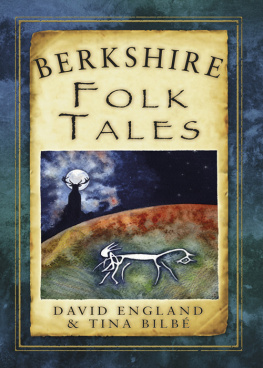

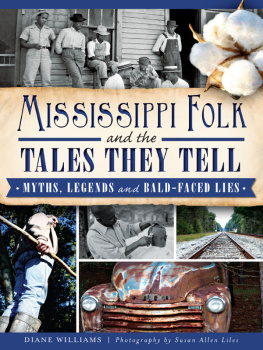
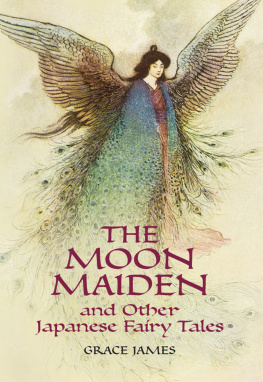
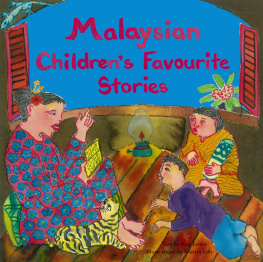
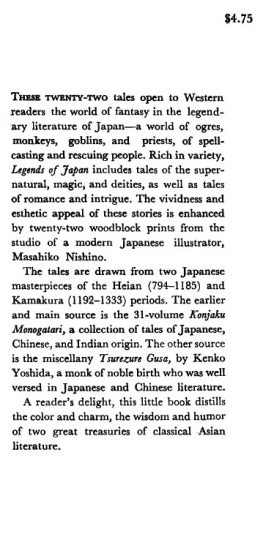
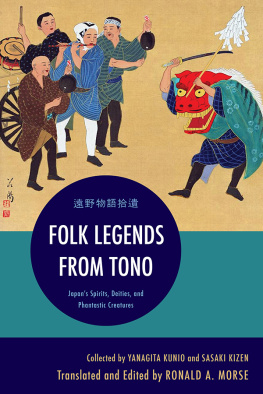
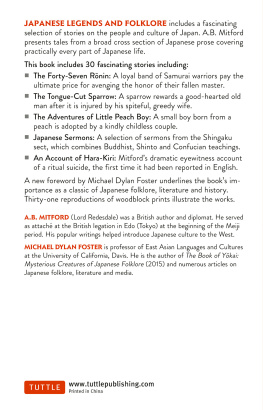
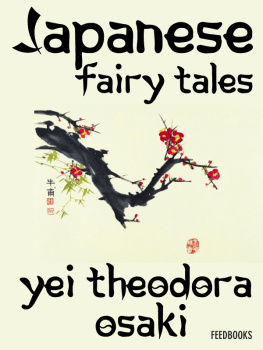
 The paper used in this publication meets the minimum requirements of American National Standard for Information SciencesPermanence of Paper for Printed Library Materials, ANSI/NISO Z39.48-1992.
The paper used in this publication meets the minimum requirements of American National Standard for Information SciencesPermanence of Paper for Printed Library Materials, ANSI/NISO Z39.48-1992.